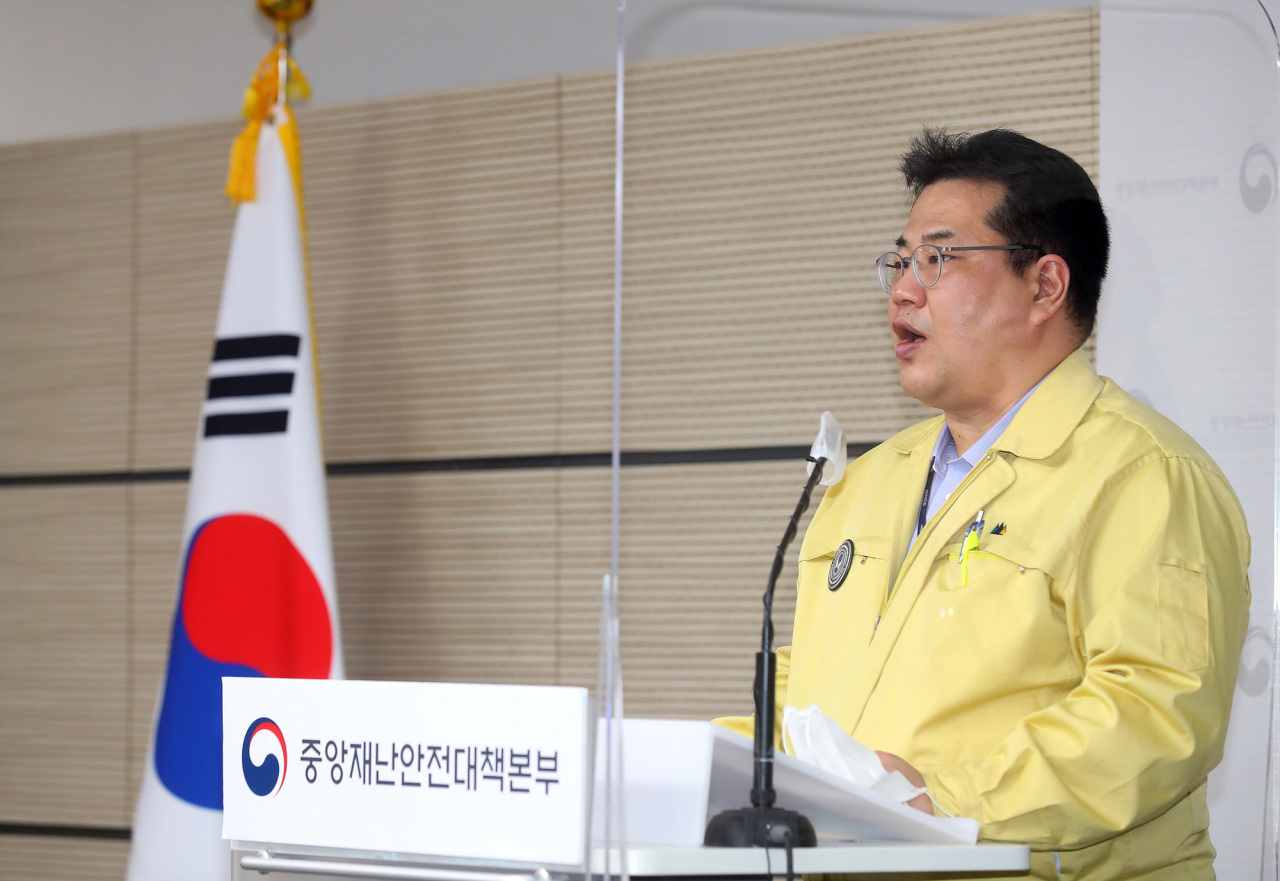As deaths and hospitalizations continue a record-breaking streak, the South Korean government says it has yet to decide if COVID-19 restrictions will be brought back.
The Ministry of Health and Welfare’s spokesperson Son Young-rae told Tuesday’s news briefing that it “may need to evaluate” if reintroducing restrictions is necessary. He denied accusations that the government was “delaying restrictions,” explaining, economic implications also had to be taken into account.
On Tuesday the country reported 94 deaths, according to the Korea Disease Control and Prevention Agency update, marking the highest one-day toll to date. The previous record was set three days ago on Saturday with 80 deaths.
So far on each day in December an average of 54 people lost their lives to COVID-19. In November the number of average daily deaths was 26 and in October it was 12.
In the absence of most restrictions the case fatality has climbed to 0.93 percent in November from the 0.68 percent recorded the month prior.
All across the country 82 percent of all intensive care unit beds for COVID-19 patients were full by Monday afternoon. In populous Seoul more than 90 percent of ICU beds were filled up.
As beds become scarce, at least 29 people died at home in the last five weeks as they waited to be admitted to a hospital, according to the official statistics. Monday data showed 1,533 people were waiting for longer than 24 hours for an available bed, 1,019 of whom had underlying health conditions and considered at-risk.
As of 5 p.m. Monday 1,053 people were hospitalized in ICUs, 560 in semi-ICUs and 9,544 in general hospital beds. There were 11,717 at nonhospital facilities known as community treatment centers. In addition 25,846 people were placed in home isolation.
After bed occupancy rates at Seoul hospitals crossed 80 percent, from the last week of November, the government made home care mandatory for all COVID-19 patients who don’t have severe symptoms at the time of diagnosis. The government also said it would offer incentive payments to hospitals to expedite the ICU bed turnover rate.
On the record-rise in deaths and hospital admissions, Son of the ministry said that the two chief driving factors were the unvaccinated adult population and breakthrough infections among older adults.
“Just 8 percent in adults 18 and older are either unvaccinated or incompletely vaccinated. And yet they make up 51 percent of critical care hospitalizations and 53 of deaths. Which is to say, the unvaccinated are using up half of our critical care resources.”
He said the ministry analysis showed compared to people who are fully vaccinated, the unvaccinated were four to five times more likely to fall severely, even critically ill. “Managing hospital surge capacity depends on how well infections can be prevented among people who aren’t vaccinated,” he said.
Breakthrough cases were also increasing in older adults who got vaccinated earlier. “The duration of the protection from vaccination is shorter than previously anticipated,” he said, urging those 60 and above to receive a third dose.
The wait time until a booster vaccination was cut to three months starting Monday for anyone 18 and older. Before this change most 60- and 70-somethings would not have been eligible for a booster, as most got their second AstraZeneca dose in late August, 11 to 12 weeks after the first.
So far 7.1 million people in Korea have gotten a booster vaccination, of whom 4.8 million are 60 and above.
Over the past weeks, front-line workers have called for a rapid return to social distancing and other measures to slow the spread. Critical care medicine and infectious disease societies and nurses’ associations said hospitals were overwhelmed and forced to ration care. To avert an imminent collapse, pausing the return to normal scheme -- which kicked off Nov. 1 -- was imperative.
Government estimates show Korea is headed toward a bigger surge. Dr. Jung Jae-hun, who is advising the prime minister on COVID-19 policies, said based on his modeling the country was on path to see as many 10,000 cases a day by late January. With omicron added to the mix, the outbreak could grow even faster, he said.
About two weeks since the first cases were spotted, Korea has identified 119 cases of omicron, which is at least twice as more transmissible than the present dominant strain of delta, according to a government analysis. Just 28 of the known cases were detected among travelers and the rest were deemed close contacts, or indirect contacts.
Jeong Eun-kyeong, head of the national disease control agency, told a public broadcaster Monday that tightening social distancing “appears necessary to buy time for hospitals, at least through December.”
Meanwhile the country’s top leadership is reluctant to roll back restrictive measures.
Cheong Wa Dae secretary for public communication Park Soo-hyun said in a Monday TV interview that “pausing reopening is not in the people’s interest, in light of the sacrifices small businesses have suffered and the widespread exhaustion from social distancing.”
After hinting at the possibility of “special restrictions” Friday, Prime Minister Kim Boo-kyum backtracked during a radio interview Monday that “nothing of the capacity has been decided yet.” He added that a “lockdown is not among the options being considered.”
By Kim Arin (
arin@heraldcorp.com)








![[Today’s K-pop] Blackpink’s Jennie, Lisa invited to Coachella as solo acts](http://res.heraldm.com/phpwas/restmb_idxmake.php?idx=644&simg=/content/image/2024/11/21/20241121050099_0.jpg)